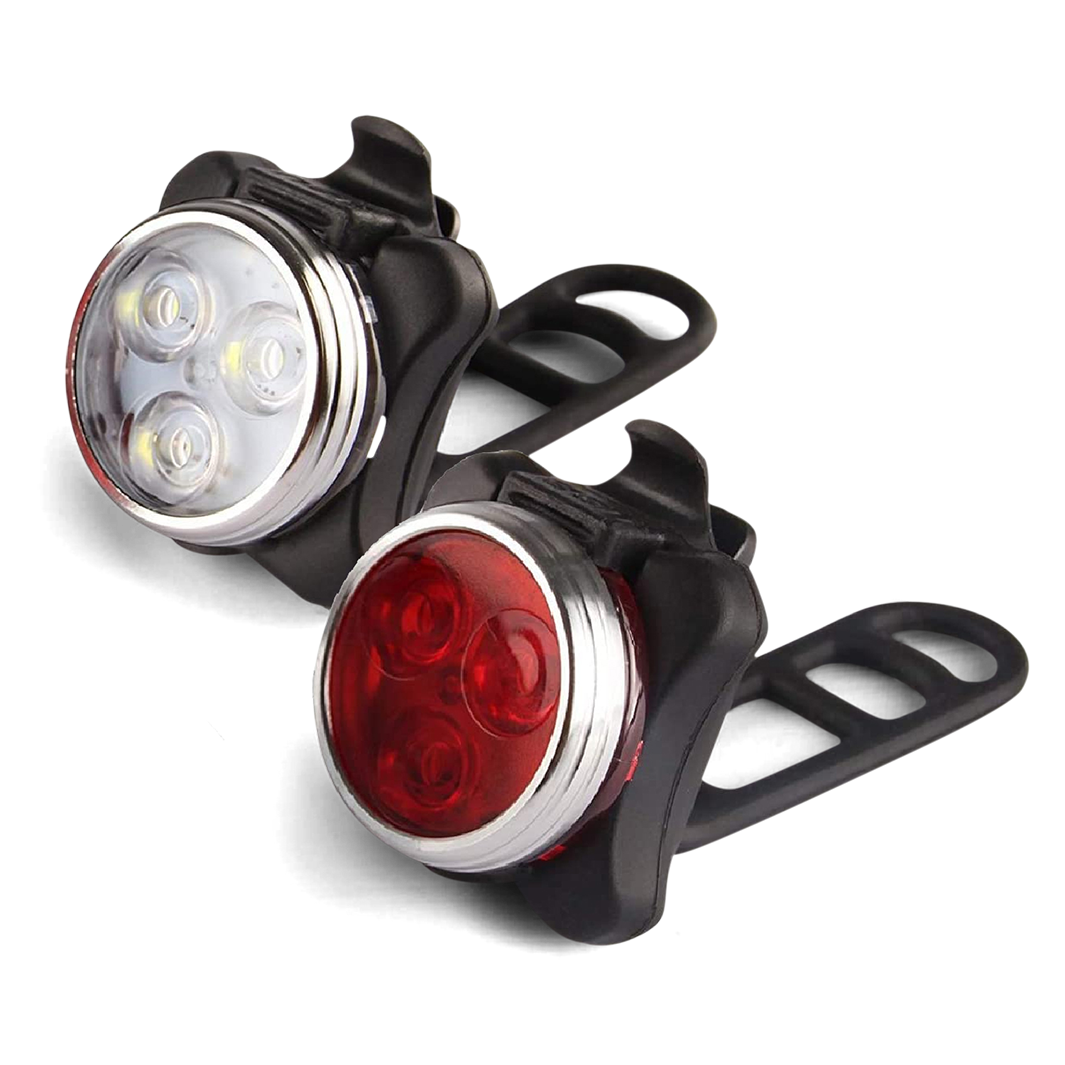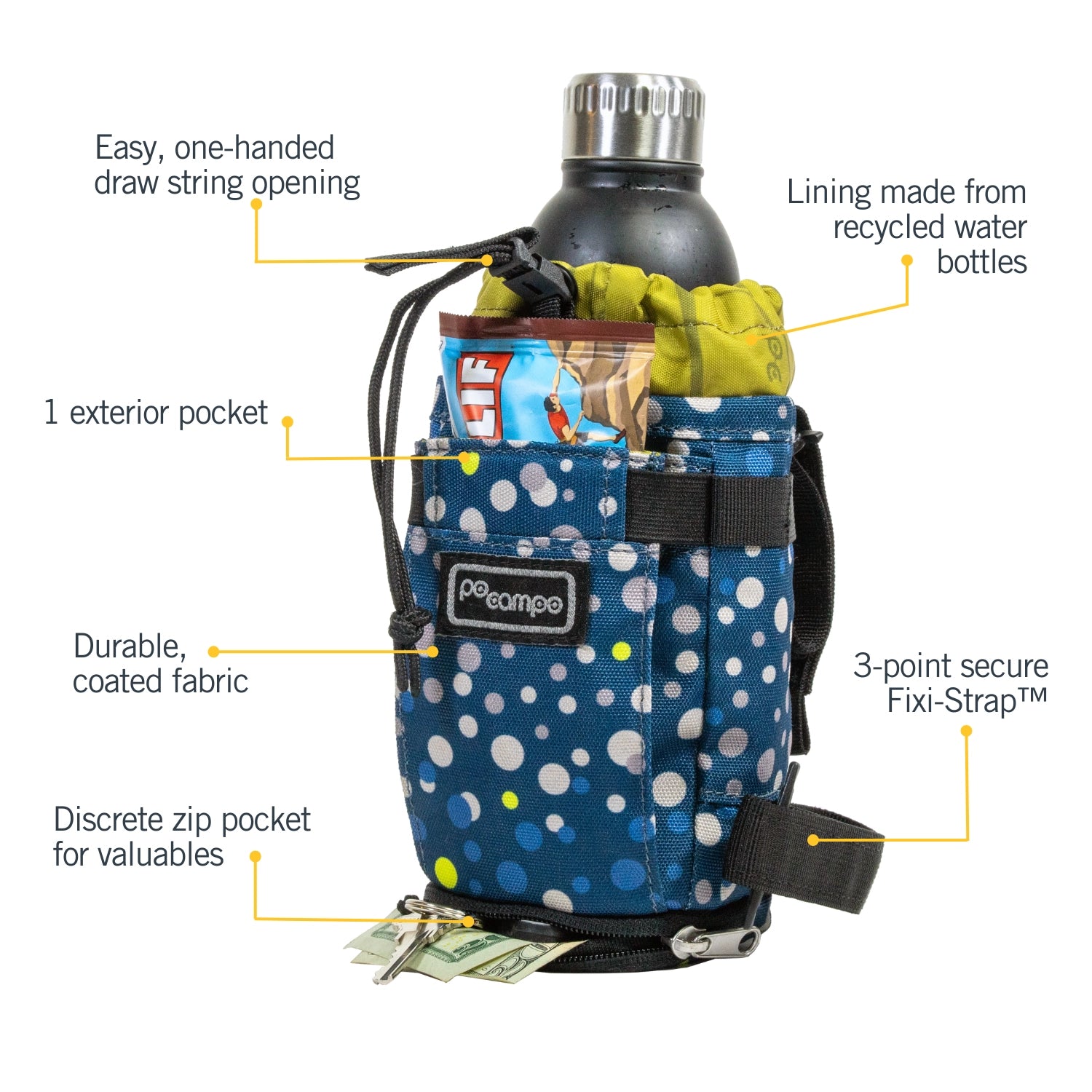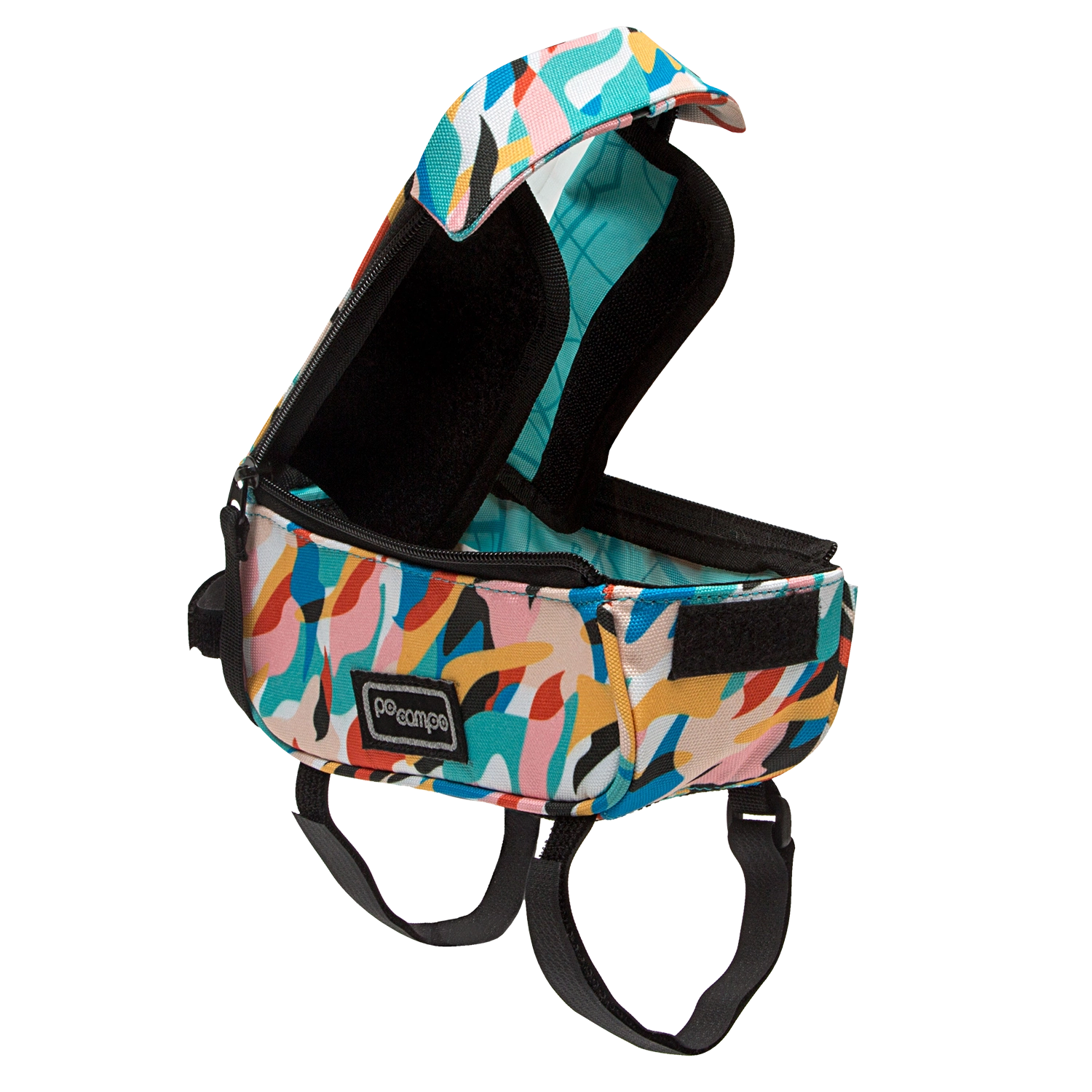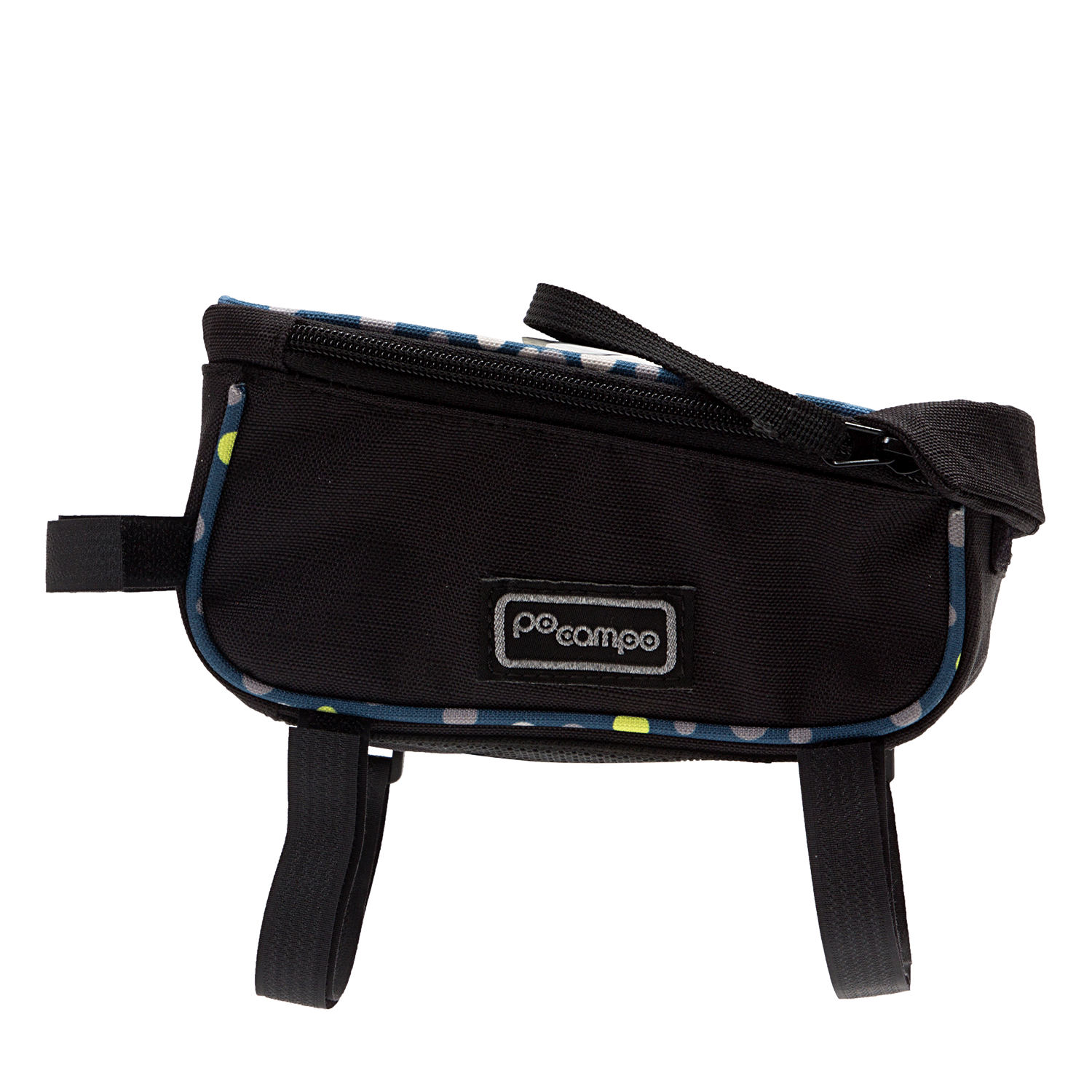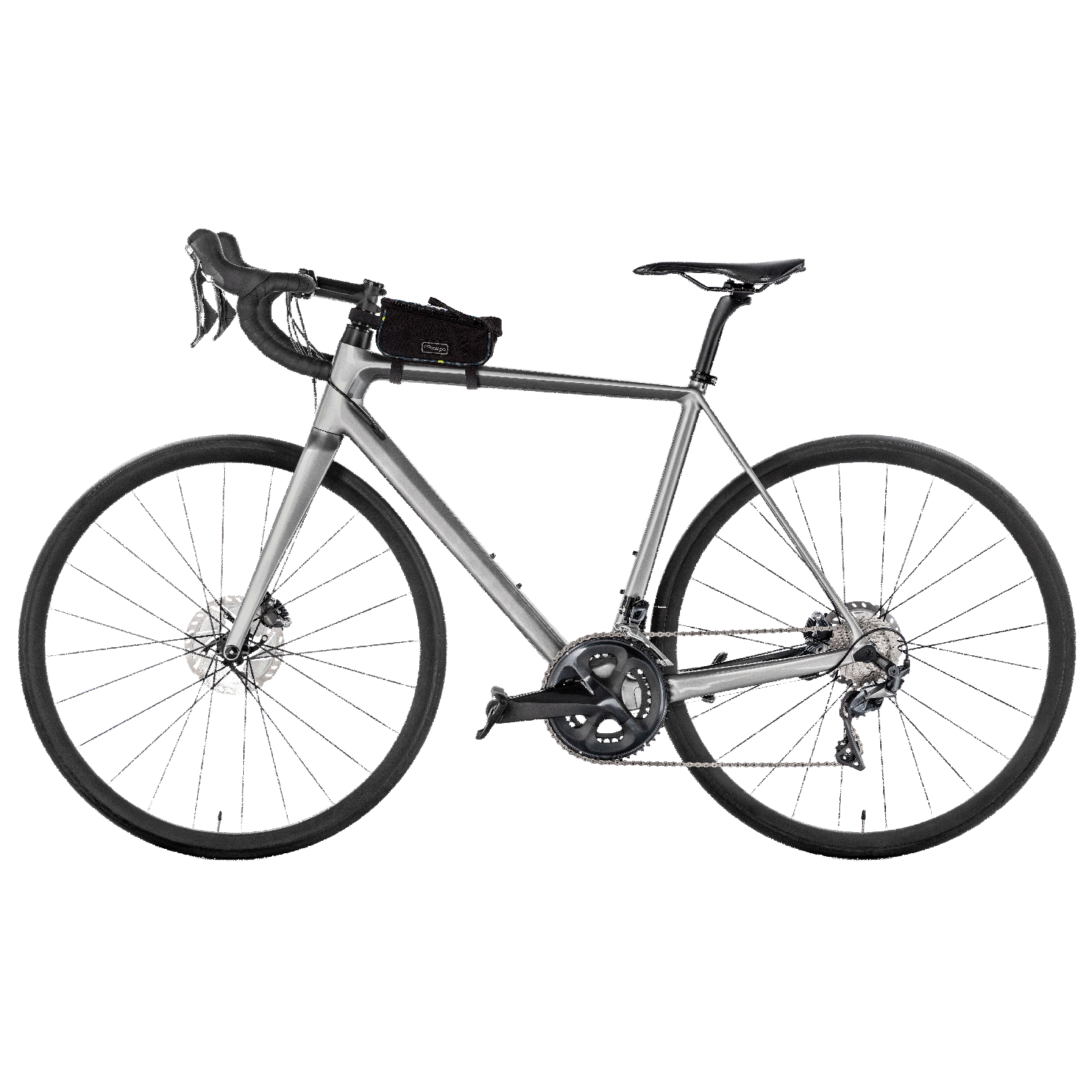So, how is your bike commuting going? Whether you've got your bike commute down or feeling a little timid in the saddle, the right gear can make your ride safer and more comfortable. Here is your guide to must-have bike commuting gear.
Bike Commuting Gear: Having the Right Bike
Not everyone may consider the bicycle itself as "bike commuting gear," but we sure do. It is essential that your bike fits you and is in good condition. Otherwise, your ride will not be any fun. How do you know if your bike doesn't fit you or if you need a tune-up? We answer this question in your guide to must-have bike commuting gear. Short answer: the bike isn't fun to ride (on a flat, level road with a tailwind anyway). Longer answer: Legs tiring too quickly, strain in the arms and neck, squeaky chain, and brakes that are under-responsive.

(Image source)
Fortunately, most bike problems can be resolved with a tune-up from your local bike shop. If the problem is that your bike is too big or too small, there are some adjustments that your bike shop can make to fit it to you better. The worst case scenario is that you'll have to get a new bike. But take comfort that it'll be way more fun to use and you don't know what you've been missing.
For those of our readers that use primarily bike share bikes, these bikes are more-or-less one-size-fits-all. Just make sure your seat is at a height where your leg is fully extended on your down pedal. Watch a video on how to adjust the seat height on Bixi-style bike share bikes.
Carrying Things On Your Bike
If you're bike commuting, chances are you're going to have to figure out how to carry things on your bike. Unsurprisingly, given that we make bike bags, we've written about how to carry things on your bike before. In general, you have two ways to carry things while riding your bike: on your person, and on your bike.

(Image source)
In the "on your person" category, you have things like backpacks, messenger bags, and crossbody bags. The advantage with these bags is that they are easy to just throw on and that you probably own one that will work just fine already. The disadvantage is that backpacks and messenger bags can make your back really sweaty while you're riding, while a crossbody bag has a tendency to swing around and get in the way of your legs.

Po Campo Uptown Bike Trunk Bag
In the "on your bike" category, you have things like bike bags, bike baskets, and crates. By letting your bike do the heavy lifting, you are able to carry more things without overburdening yourself. The drawback is that you will be adding a little more weight to your bicycle, which could potentially slow you down. It can also take a little longer to get going because you'll need to load your items onto your bike.
Keep in mind that you don't have to stick with just one style of carrying things. Here at Po Campo, most of us use all of the items above!
Staying Safe While Riding In Traffic
We touched on this topic in our last post about how to bike to work safely (and arrive looking presentable), but we'll go into a little more detail here about the gear. Safety is a very high priority.

(Image source)
First up: bike lights. One of the most important bike commuting gear. Even if you think that you are going to be home by dusk, it's best to have some bright bike lights tucked into the pockets of your Po Campo bag, should you find yourself out after dark. There are a lot of styles in the market right now (here's our round-up of common styles), and many are small and rechargeable. The brighter, the better.
Next, let's talk helmets. There is a lot of debate in the bike community about how necessary helmets are. Our position is, is if it makes you feel safer, then you should wear one. Helmets that our lightweight and with more holes (ventilation) are generally more comfortable to wear and do the least amount of damage to your 'do. Unfortunately, they are often the most expensive with a bike-racer-aesthetic, so that's a trade-off you'll have to decide if you want to make!
Lastly don't forget the bike bell! Required in many cities, the bike bell is the bike commuting equivalent of the car horn. Use the bell to alert other cyclists that you intend to overtake them, or to let cars or pedestrians know where you are. Bike bells range in loudness and style from a pleasant little "ding ding" to a roaring horn. Choose how much noise you want to make!
Other Blog Posts You May Like:
How to Carry Things on Your Bike When You Bike to Work
How to Safely Bike to Work and Arrive Looking Presentable
Q & A: My 5 Fave Bicycle Accessories


